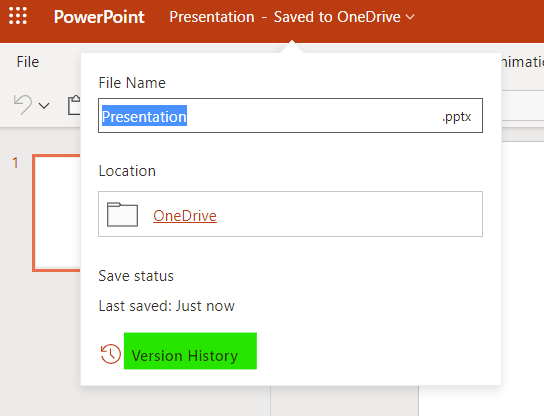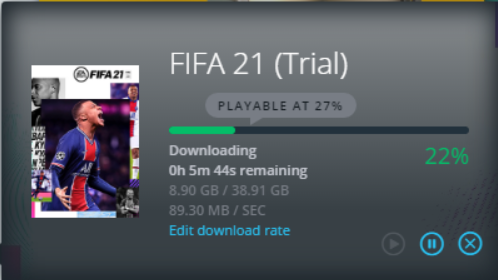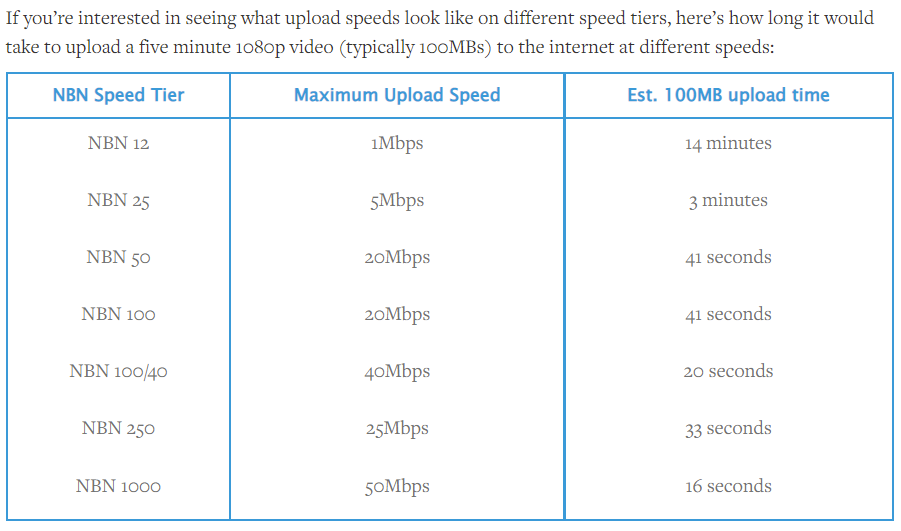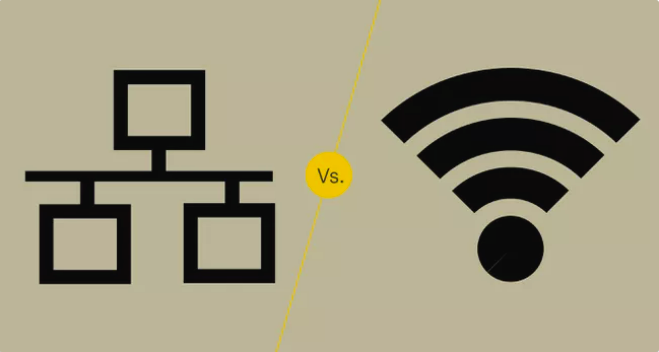
When to use a wired connection instead of Wifi?
Where possible and practical, a wired connection to your router is always preferable to a wireless one. It is faster, less prone to congestion and more secure. Keep in mind that Wifi is a shared medium, meaning that devices connected to the same Wifi will share its bandwidth. If you transfer files between two devices on Wifi, the sending device will send the file to the router and the router will simultaneously send the file back to the receiving device, thus dividing the transfer speed by two. So if you have a server or a Network Attached Storage (NAS) at home, it’s always better to connect them to the router using an ethernet cable.
Also any device requiring constant bandwidth and low latency will always perform better on a wired connection. For example, my smart TV uses a wired connection since the router is located behind the TV, it really makes 4K streaming easier and speedier. My gaming PC connected to the TV also uses a wired connection and it helps online gaming.
What is Powerline and when to use it?
Sometimes pulling a long ethernet cable is not possible and Wifi cannot reach a certain location. This is where using the electrical wiring as a network can be very useful. In my case, I use three TP-Link Powerline devices to connect my study and my son’s bedroom (at the back of the apartment) to the router (at the front). In the study I connect a wireless access point to the Powerline to provide Wifi whereas the Powerline unit in my son’s bedroom has built-in Wifi functionality.
Please note that for best results the Powerline units should be connected to the same electrical circuit (i.e. no circuit switch between them).
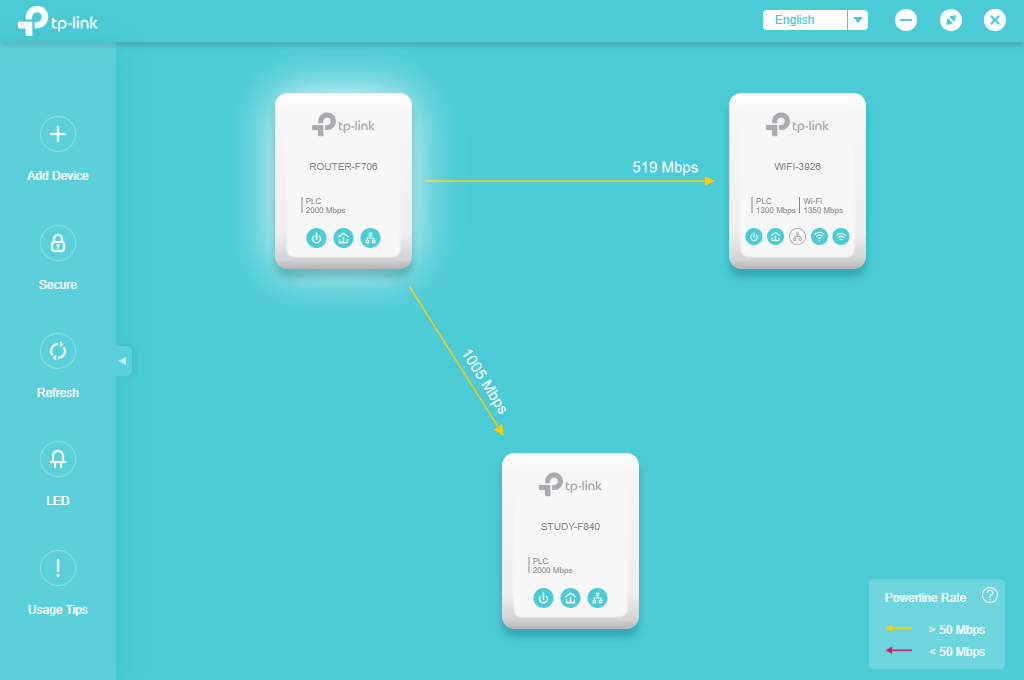
Here are the TP-Link devices I am using:
- Network only: https://www.tp-link.com/au/home-networking/powerline/tl-pa9020p-kit
- Network+Wifi: https://www.tp-link.com/au/home-networking/powerline/tl-wpa8631p-kit
This YouTube video provides a good overview of how Powerline works.



